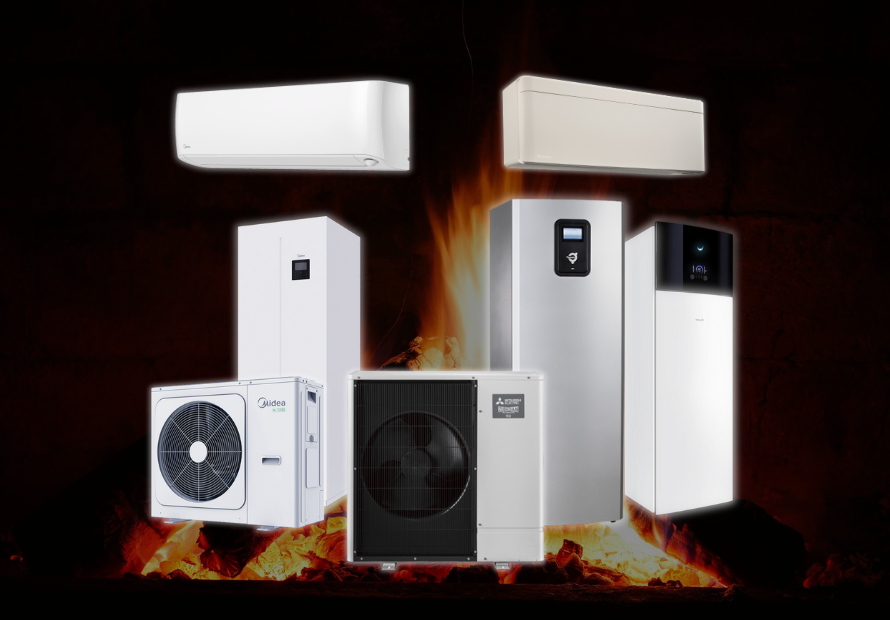14.03.2024
I. Heat pumps - an introduction, main working principle, most common types

When choosing a new heating system, heat pumps are increasingly becoming the preferred choice. This is particularly evident in new buildings, but heat pumps have also become an effective alternative solution to replacing an existing heating source. Although heat pumps are not a new technology, their justifiable popularity today has led to a situation where they are still seen as an unknown asset by most potential customers.
Heat pumps fall into different categories, mainly depending on the type of outdoor heat extraction and its distribution:
- Air-to-air heat pumps - extracting and returning heat from the air;
- Air-to-water heat pumps - heat extraction from air, return to water;
- Ground-to-water heat pumps - heat extraction from air, return to water;
- Water-to-water heat pumps - heat extraction and return from water;
- Hybrid heat pumps - heat extraction from both the heat pump as well as a supplementary heating source.
The working principle of a heat pump is quite simple - it converts the heat available outside into heat you can use, with the help of a built-in compressor. For air-to-water and air-to-air heat pumps, this is done by using the heat in the ambient air (via a built-in heat exchanger), and for ground-to-water heat pumps it is done by using the heat in the ground.
In the following articles in this series, we will look at three of the most common types of heat pumps and assess their advantages and disadvantages to give you a helping hand in choosing your future heating system.
Back to news